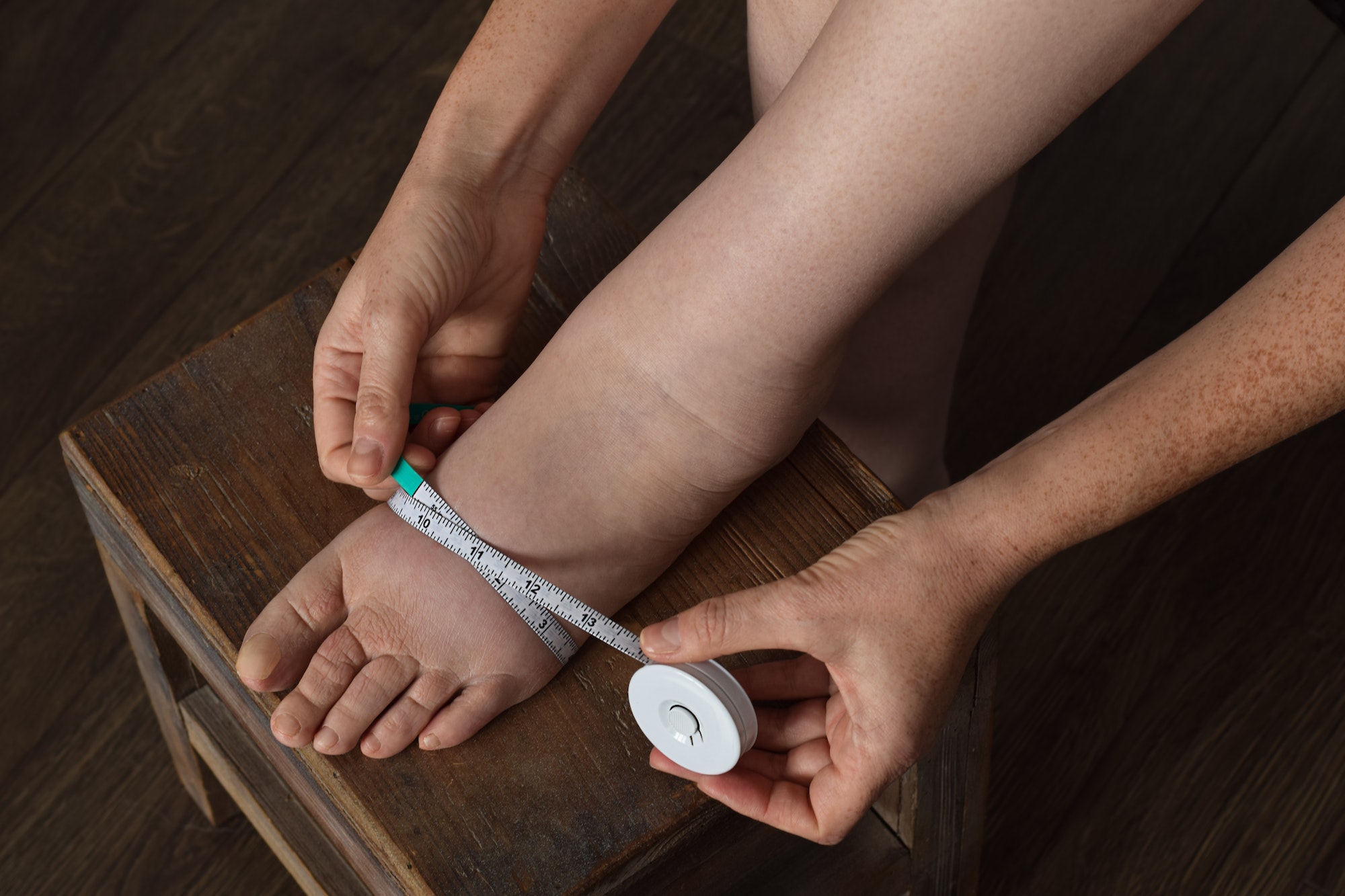At a microscopic level, a lot of destruction goes on in an injured leg. This could vary from reduced blood flow to dead muscle.
Therefore, you can be expected to experience some abnormal signs and symptoms while you are undergoing various forms of treatment following a broken bone.
In this article, we will briefly highlight some signs that if present, could indicate that your leg could be in a critical state.
The presence of any of the symptoms below should alert you of the need to immediately seek guidance from your doctor.
list of the danger signs
- Excessive swelling of the affected leg
This is called edema which is caused by fluid seeping into parts of the tissues where it normally doesn’t go and commonly follows an injury.
It can involve only the foot or extend up to the knee. Some of the most feared causes of this are, blood clot in the leg that blocks and prevents easy movement of blood.
Excessive swelling can also be caused by infection of the skin of the affected limb which is medically known as cellulitis.
Do you need to see a pediatric orthopaedic surgeon?
- Sudden change in temperature.
The limb could either become too hot or cold.
When the limb becomes too hot, it’s commonly because of infection.
The coldness of a limb that was previously warm simply means that it’s not receiving adequate blood.
Doctors call this an ischaemic limb. This is an emergency!
- Change in color of the limbs.
Alteration in the color of the limb is another sign to look out for.
Bleeding into muscle and fat happens during the injury. As this injured muscle heals, it will go through phases of color change and this will be depicted on the skin. The colors you will normally see are, red, blue, and black.
Even though the red color may not be easily appreciated in dark-skinned individuals, it’s commonly seen in highly inflammatory states, with injury being one of them.
In incidences of reduced blood supply, a limb will turn blue/purple which calls for early intervention.
- Odor from the cast or wound.
Patients who keep the cast for a prolonged period of time are predisposed to skin breakdown which can cause an odor.
When we talk about wounds, the development of an odor follows a delayed change of dressing or onset of infection. You will need to see your doctor if your dressings have an offensive smell.
- Loss of sensation in a limb
Loss of sensation can follow direct injury to a nerve or compression of a nerve in your leg. Either way, if you could feel one minute ago but can’t feel anymore, then that is reason enough to call your doctor.
In conclusion, there are some signs to look out for that can give you a quick guide on the state of your leg.
These can be summarized under the color of the leg, the odor given off, the degree of swelling, sensation in the limb, and temperature alternation.
